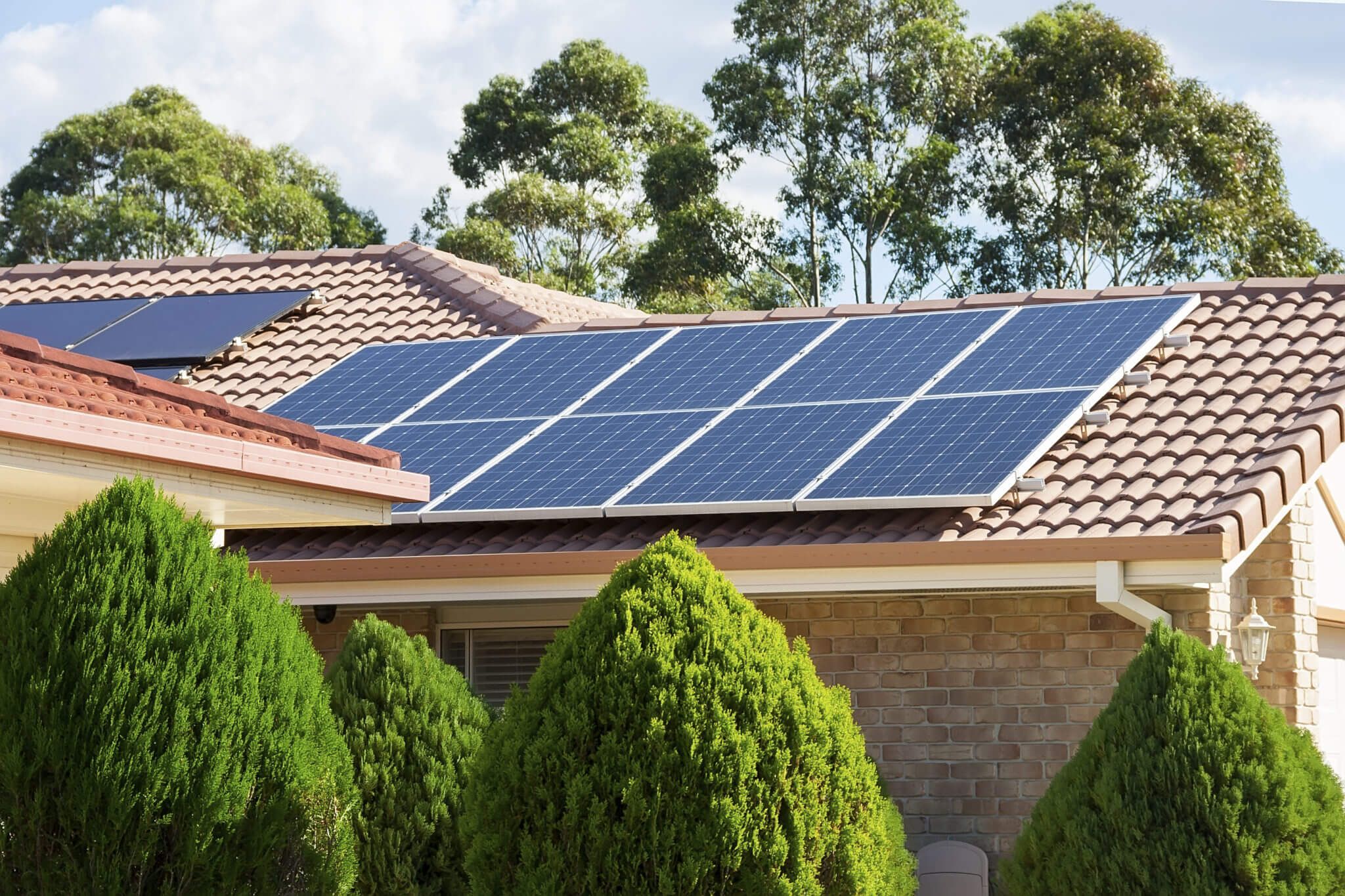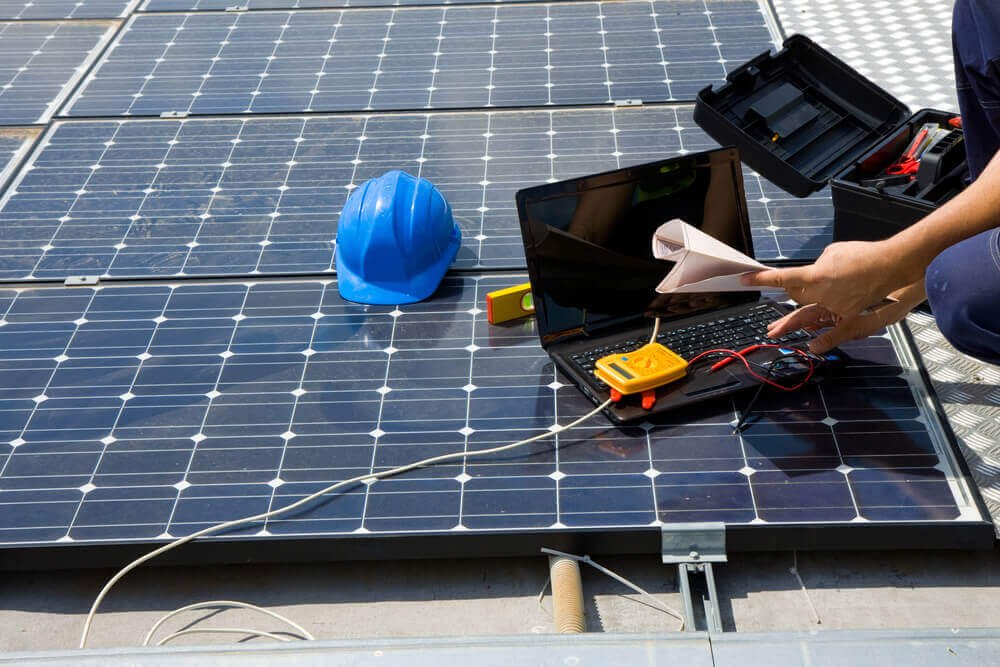Precautions for Safe Solar Panel Installation

Solar energy is without a doubt one of the most environmentally friendly energy sources accessible today. Although it has yet to equal the energy outputs of conventional sources, it does generate free electricity, unlike its competitors. Fortunately, fewer solar panel safety concerns are another advantageous component of using solar resources. Though solar energy is not as fragile as other energy sources, one must evaluate the risks of solar panels before purchasing them. Let's look at ways to address the most pressing solar safety concerns:
Solar Installation Safety Tips
One of the most crucial aspects of the solar energy system is safety. Most individuals are ignorant of the general and specific safety precautions that must be taken while constructing a solar energy system. Following the safety rules not only ensures the safety of the personnel, but it also increases the chances of the system lasting a long time. Although the installer is responsible for most of the following, it is great to have an idea of what is to happen and point out any queries you may have to the installer.
Here are a Few Tips For Ensuring the Safety of Solar Panel Installations:
- Regular monitoring of worker health and fitness based on the nature of the tasks they must accomplish.
- During the panel installation, use high-quality personal protective equipment (PPE).
- While installing the electrodes, the installation team must wear PVC, cotton, and leather gloves.

Electric Shock Caused By Energized Conductors
Photovoltaic systems, like any other power producing system, are susceptible to electric shock. Electric shocks can occur as a result of a short circuit in corroded cables and connectors, as well as from poor grounding and loose wiring. As a result, it is critical to inspect the vulnerable points in a PV system, such as the PV source, combiner box, equipment grounding conductor, and output circuit conductors. The grounding effect connects all metallic components to the earth via a grounding electrode and a grounding electrode cable.
Solar radiation is used to create energy from PV string systems. To avoid electric shock concerns, it is best to turn off these strings during a power outage or a short circuit.
Facility for Rapid Shutdown
A quick shutdown mechanism improves the safety of rooftop solar power system users. Popular solar inverters have automated shutdown functionality, which eliminates the need for additional hardware. When the alternating current (AC) to the inverters ceases flowing, automatic shutdown procedures are triggered. The aforesaid feature may be handy in the case of a faulty home energy system. In this case, the solar panels will turn off immediately, preventing any potential hazards or harm. Furthermore, rapid shutdown procedures can protect first responders from danger or harm in the event of a fire in your home.
Weather Event Preparedness
It is critical to follow the installers' or the manufacturer's shutdown instructions while preparing for a cyclone, storm, or flood event. Shutdown processes or plugs should ideally be positioned near or on the inverter or on the main switch. Here's a step-by-step guidance to the general shutdown procedure:
- Turn off the inverter AC mains isolator, which is usually located in the meter box.
- Turn off the PV array isolator, which is usually located near the inverter.
- If there is a chance that water will reach the wires and inverters, it is best to turn off the rooftop array isolator.
Correct shutdown procedure should be found near or on your Inverter. If you are unclear about the shutdown procedure, you may always contact your installer for assistance.
The preceding list highlights some of the most important measures to follow; it is not an exhaustive list. It is critical to follow any additional safety precautions that are relevant to a particular installation type, location, or approach.